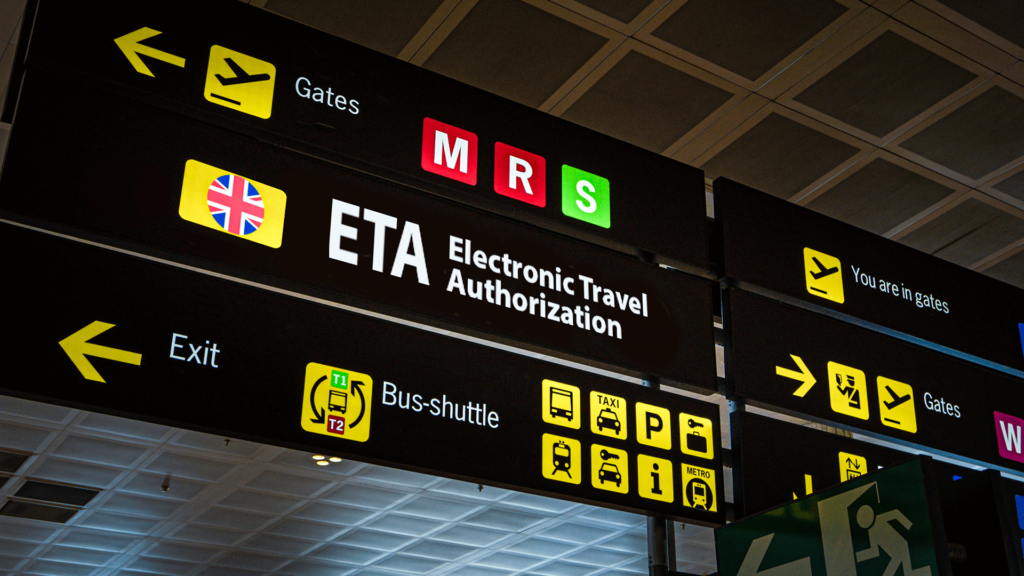Stephen Sykes, Fern Dempsey and Ellie Stephens consider the Energy Savings Opportunity Scheme, its compliance requirements, and the implications of non-compliance.
What is the ESOS?
The Environment Agency (EA) oversees the Energy Savings Opportunity Scheme (ESOS) – the UK’s mandatory energy assessment initiative. Established under the EU Energy Efficiency Directive, ESOS’s primary goal is to improve energy efficiency in large organisations (see Applicable Criteria below) and reduce carbon emissions.
The scheme applies to a broad range of businesses, both domestic and international. Multinational companies with complex group structures often face challenges in determining compliance, which can lead to significant regulatory risks.
ESOS operates in four-year compliance cycles, with the first phase starting in 2014. During each phase, organisations must measure their energy consumption over a 12-month period, audit at least 95% of it, have the findings signed off by an accredited ESOS assessor and submit a compliance notification to the EA.
The current Phase 3 of the ESOS rollout was extended to 5 June 2024, with a mandatory action plan due from large undertakings on or before 5 March 2025. Non-compliance can attract fixed fines up to £50k plus £500 per day and public naming on GOV.UK. Phase 4 of ESOS started on 6 December 2024, with final notification deadline of 5 December 2027.
The Applicable Criteria
ESOS’s main objective is to apply to large undertakings in the UK.
ESOS adopts the Companies Act definition of an “undertaking”.
A large undertaking is considered as a UK company or other legal entity if it exceeds one or both of the following threshold conditions:
- Employee Count Threshold: the organisation employs 250 people or more; or
- Financial Thresholds: the organisation has an annual turnover exceeding £44 million and an annual balance sheet total exceeding £38 million.
If a company within a corporate group qualifies as a large undertaking, all UK operations of the group must comply. The responsibility for compliance lies with the group’s “highest-level UK parent”. Public bodies and non-profits are generally exempt but must confirm their status to avoid non-compliance.
Challenges for Multinationals
Multinational corporations face unique challenges under ESOS. If any UK-registered company within a corporate group qualifies as a large undertaking, all UK operations of the group fall under ESOS obligations. This can result in multiple entities within the group being subject to compliance.
For example, an international corporate group with a parent company outside the UK may find that several UK entities qualify as “highest-level UK parents,” each requiring compliance. Even companies that are not parents of large undertakings may be caught if the broader corporate group includes a qualifying entity.
Steps for compliance
If a company qualifies, then it, along with its group (if relevant), should carry out the following steps over a 12-month reference period:
- Measure total energy consumption by calculating the total energy used by the assets the company holds and the activities it carries out;
- Identify the significant energy consumption to determine the energy that accounts for at least 95% (previously 90%) of the company’s total energy consumption by conducting an audit to analyse energy consumption and efficiency, and identifying savings opportunities;
- Obtain audit sign-off by an accredited ESOS assessor, unless the company’s energy consumption is below 40,000 kWh during the reference period;
- Submit an ESOS report compliance notification via the EA’s online system, signed off by one or more board-level directors (or equivalent);
- Keep records of compliance activities in an evidence pack; and
- Submit a forward-looking action plan, to outline steps to reduce energy consumption and estimate associated saving.
Alternative Compliance Routes
Instead of an ESOS audit, organisations may opt for one of the following compliance routes:
- Certified ISO 50001 (an energy management system covering all or part of the organisation);
- Green Deal Assessments (GDAs); and
- Display Energy Certificates (DECs).
Organisations seeking to rely on any of the three compliance routes are required to undertake additional actions to comply with ESOS, though the overall burden of compliance will be reduced.
Benefits of compliance with ESOS
The primary objective of ESOS is to reduce carbon emissions from large entities in the UK, contributing to environmental sustainability. However, compliance with ESOS offers mutual benefits for both the environment and participating organisations.
Efficient compliance can lead to significant energy and cost savings, operational improvements, and increased profitability. Additionally, ESOS compliance allows companies to showcase their commitment to corporate social responsibility, enhancing their reputation and green credentials.
Implications of non-compliance with ESOS
The EA is responsible for the enforcement of ESOS. It has the authority to conduct audits and request evidence of compliance from businesses. Non-compliance can result in severe consequences, including:
- Financial Penalties;
- Public Disclosure; and
- Enforcement Notices.
According to statistics published by the government in 2023, the highest single penalty handed out for the previous phase of the scheme was £67,500.
How we can help
Our Environmental Disputes team has advised several companies on ESOS compliance over the past 2-3 years. We have a 100% success rate with the EA. We recently succeeded in demonstrating that an international contractor with only a small UK workforce fell outside ESOS – saving it from having to recruit a full-time person to manage ESOS compliance.
We offer:
- ESOS compliance health‑checks.
- Defence against EA enforcement action.
- Book a free 10‑minute ESOS compliance call with our Environmental Disputes team.




